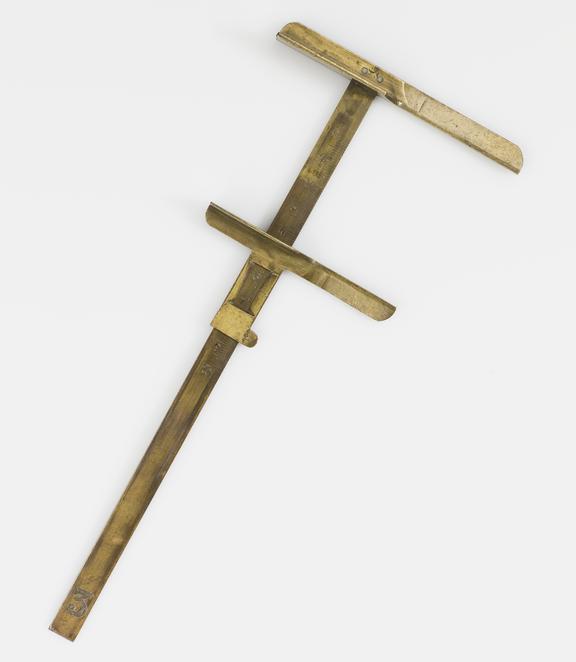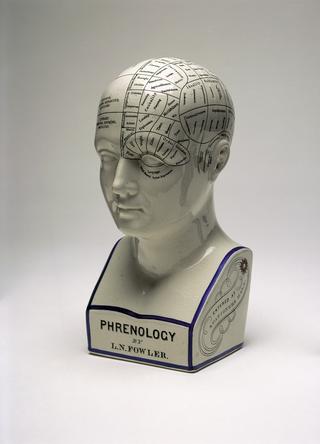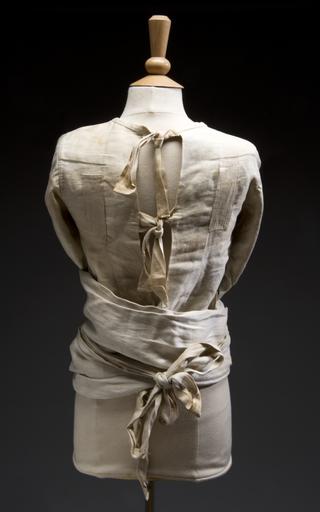








Small sliding compass (Petit compas a glissiere) for the measurement of the length and breadth of the ear in Bertillon's anthropometrical criminal identification system, perhaps Bertillon's own, from the Identification Bureau of the Paris Prefecture of Police, c. 1883
Made from brass, this instrument was used to measure the length and the breadth of the ear, as part of measurements taken from criminals by the Identification Bureau at the Prefecture of Police in Paris, France. It is thought to have been owned by Alphonse Bertillon (1853-1914), the chief of criminal identification for the Parisian police.
Bertillon aimed to create a system to identify criminals, using photography and measurements to build up an accurate picture of their faces. These techniques were largely replaced by the use of fingerprinting.
Details
- Category:
- Psychology, Psychiatry & Anthropometry
- Collection:
- Sir Henry Wellcome's Museum Collection
- Object Number:
- A683199
- Materials:
- brass
- type:
- anthropometrical measure
- credit:
- Sannie




